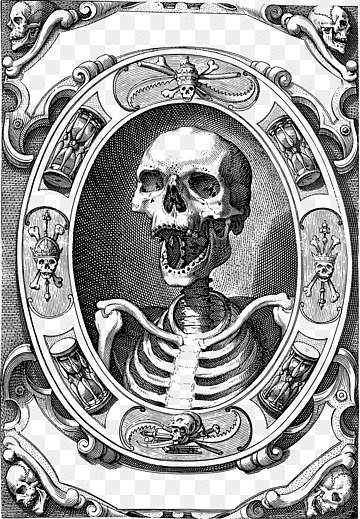Help launch Hangsaman!
Jun. 19th, 2025 01:12 pmHere is the official description:
"Shirley Jackson is rightly celebrated as a master of Gothic storytelling thanks to her most well-known novels such as The Haunting of Hill House (1959) and We Have Always Lived in the Castle (1962). In recent years, however, her earlier novel Hangsaman (1951) has received new attention and critical appreciation from fans and scholars alike.
"Far ahead of its time when it was published, Jackson’s deeply personal Hangsaman is many things: a psychological study of a young woman’s coming of age; a haunting Gothic mystery; a pointed critique of gender roles, family dynamics, and higher education; a meditation on trauma and mental illness; and an ancestor of today’s dark academia storytelling. Shirley Jackson drew inspiration from a variety of sources to craft this remarkable campus novel, from folk ballads and the Tarot, myth and ritual, to a real college campus and an unsolved New England cold case of a missing sophomore student.
"In this module, we will unpack this gem of a Gothic story, following freshman Natalie Waite as she searches for her 'essential self' and discussing why Hangsaman feels freshly relevant and important to many readers today."
Here is more information on the Hangsaman module.
To help launch this module, please go here, log in, and put this module on your launchpad short-list. Thanks!

















